

James Wong
7.9
6 Days Ago
From September 16, you'll be fined if you see a roadside assistance or emergency services vehicle by the road in Queensland and don't slow down.

News Editor
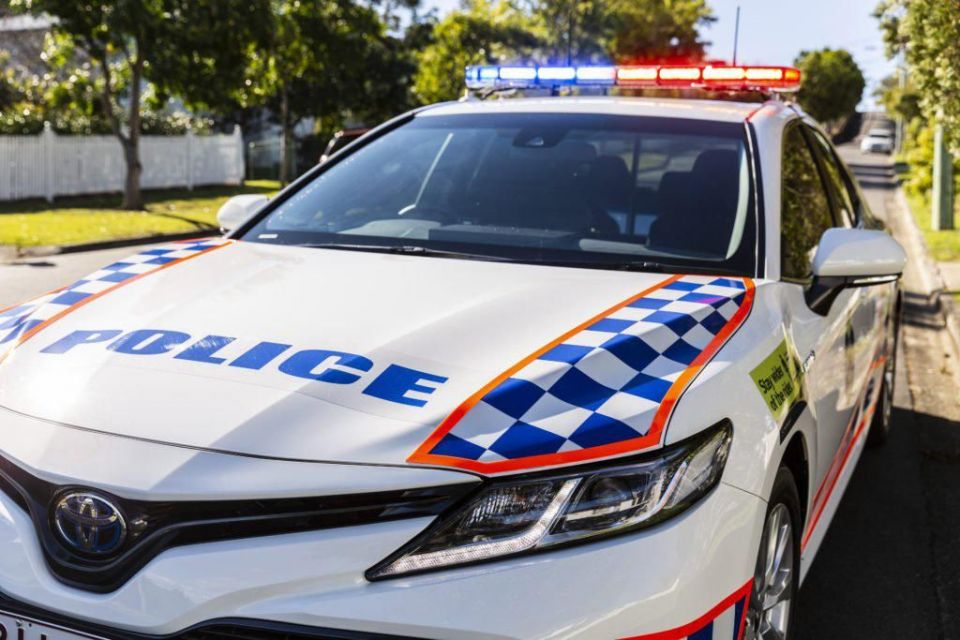

News Editor
If you don’t move over and slow down for an emergency vehicle in Queensland, you’re now facing a fine.
The Department of Transport and Main Roads has announced the new road rule that’s aimed at keeping first responders safe on the roadside.
It comes into effect on September 16, 2022.
Failure to move over and slow down will result in a $432 fine and three demerit points, enforced by the Queensland Police Service.
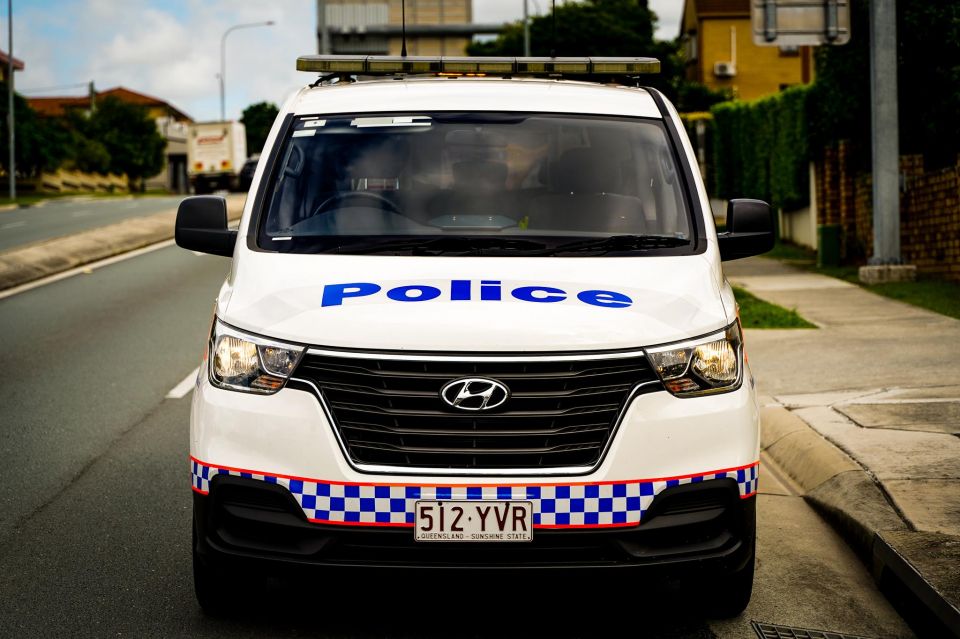
The new rule covers ambulances, police cars, fire trucks, and transport enforcement vehicles, as well as breakdown assistance providers such as RACQ, tow trucks and assistance vehicles.
It was introduced after consultation with the RACQ.
“Our emergency service and first responders do an incredible job, and they play a critical role in roadside incidents,” said Queensland’s Transport and Main Roads Minister, Mark Bailey.
“The rule is simple – if you see flashing lights at the roadside, move over and slow down.
“We know many people already do it, but this change makes it clear that you must do it to keep the people helping in an incident safe from harm.”
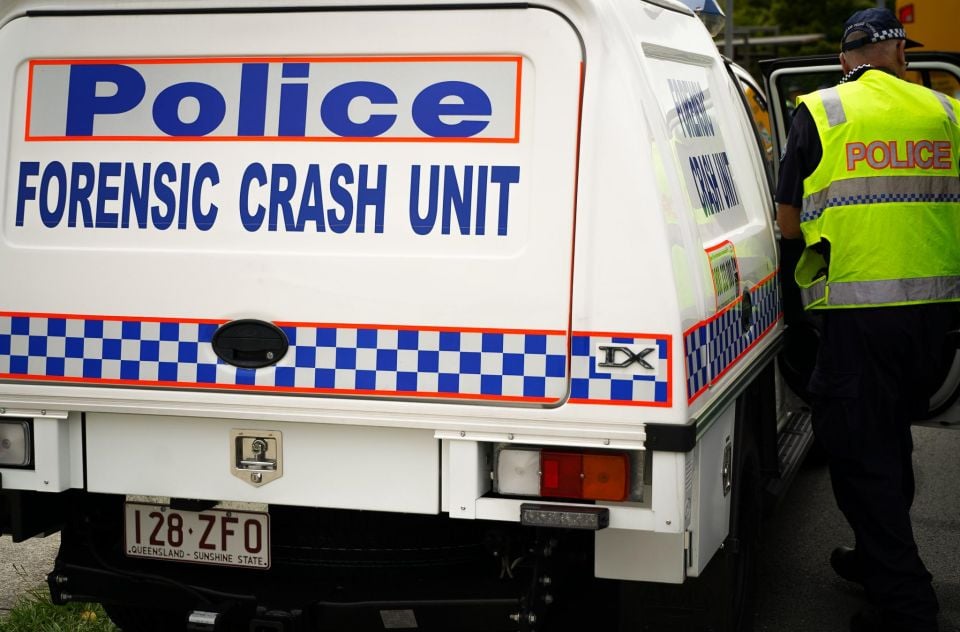
“We have been advocating for this change since 2017, with 90 per cent of our members in favour of making this lifesaving road rule a reality, so we are incredibly pleased the Government is taking action,” said Glenn Toms, RACQ Group Executive – Assistance.
“Emergency responders, including our roadside crews, put their lives on the line each and every day by working in high-risk and often high-speed environments to rescue stranded motorists, but one wrong move by a passing driver could end in tragedy.
“This new rule will require Queenslanders to change the way they drive around roadside incidents to give responders a safe space to do their job – so they can continue to help the people they’re there to protect, and ensure everyone gets home safely.”
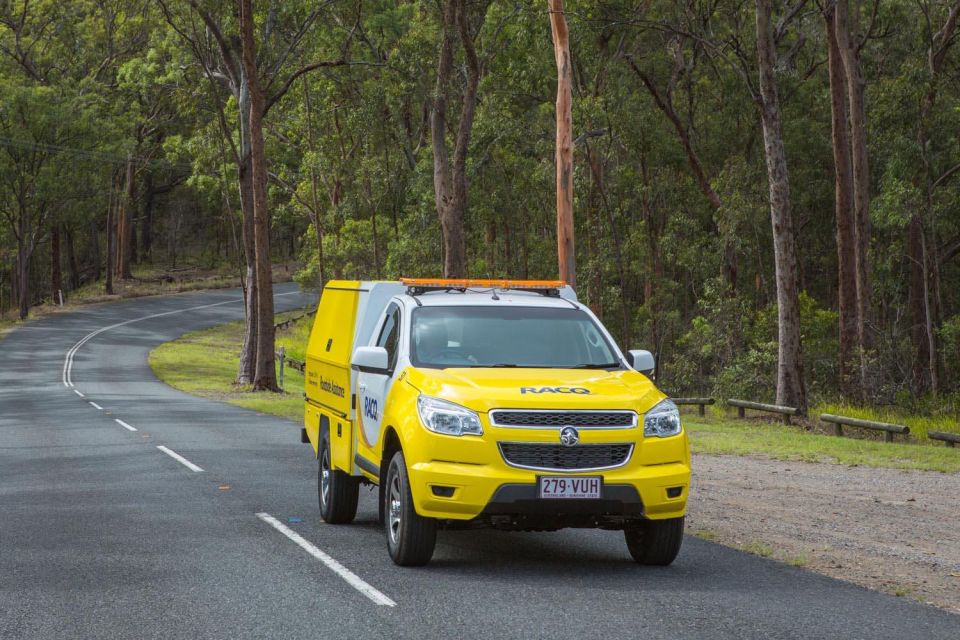
Other states have similar rules.
In Victoria, for example, you must slow down to at least 40km/h when passing an enforcement, emergency or escort vehicle that is stationary or moving below 10km/h.
This includes vehicles with red and blue flashing lights, as well as those with magenta flashing lights – examples of the latter being National Heavy Vehicle Regulator (NHVR) safety and compliance officer vehicles.
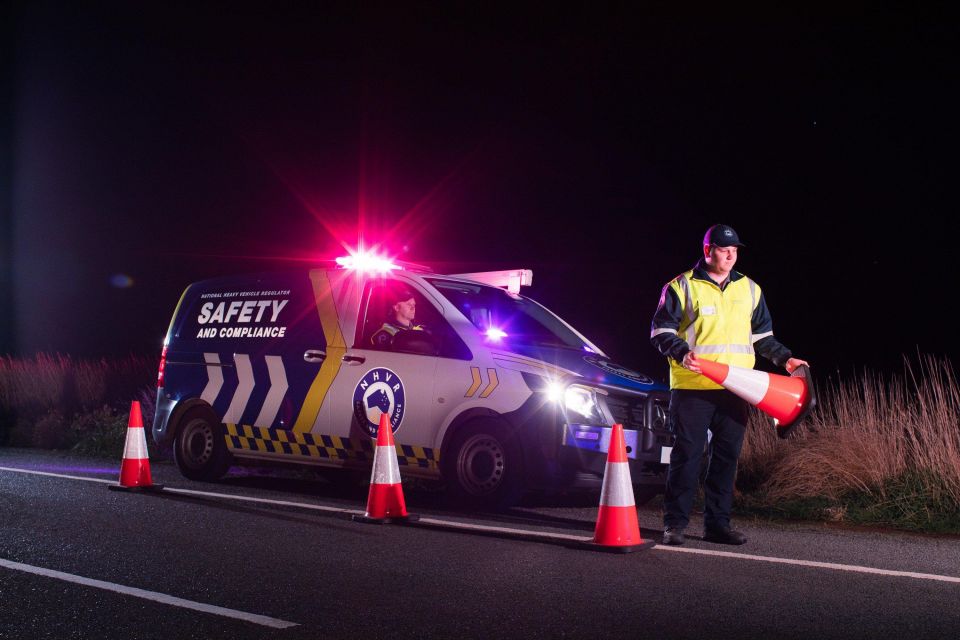
Once you’re a safe distance from the vehicle and any emergency services personnel, you can then return to the regular speed limit. Note you don’t need to slow down if you’re on the opposite side of a median strip from the relevant vehicle.
The fine in Victoria is $272.05, but no demerit points.
In Western Australia, the penalty is $300 and three demerit points, while in South Australia you have to slow down to an even lower speed of 25km/h or cop a fine that varies depending on the speed you’re going.
New South Wales also introduced a similar slowdown rule, though it modified it at the end of a trial period.
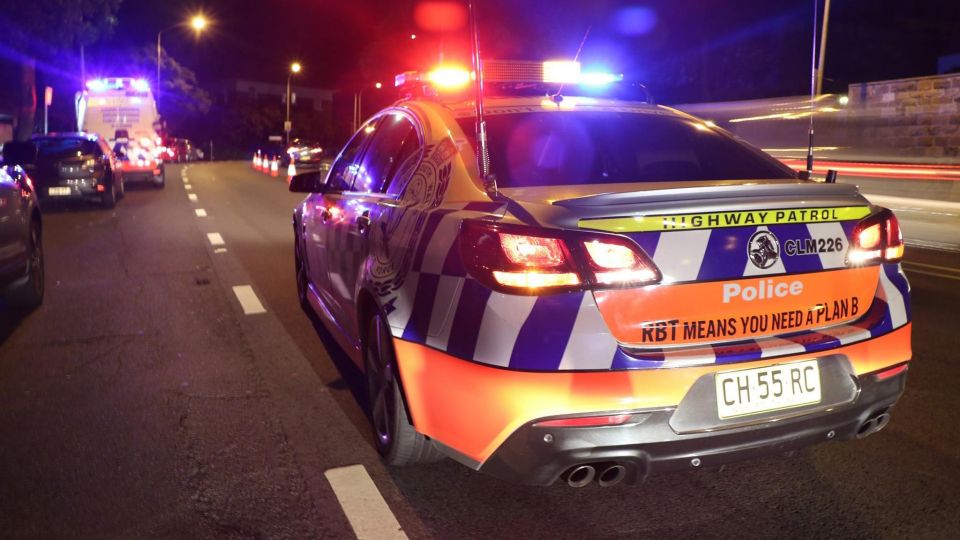
If you’re driving in NSW, you are no longer required to slow down to 40km/h if you’re on a road with a speed limit higher than 80km/h, though you are still required to slow down to a speed that is “reasonable for the circumstances”.
You also must provide sufficient space between your vehicle and the stationary tow truck, breakdown assistance or emergency vehicle.
Failure to slow down for one of these vehicles results in a $469 fine and three demerit points.
Tasmania has also tweaked its rule this month, requiring you to slow down for any vehicles with yellow, red, blue or magenta lights but not requiring you to slow down to 40km/h on 80km/h or higher roads if it’s unsafe to do so.
William Stopford is an automotive journalist based in Brisbane, Australia. William is a Business/Journalism graduate from the Queensland University of Technology who loves to travel, briefly lived in the US, and has a particular interest in the American car industry.


James Wong
7.9
6 Days Ago
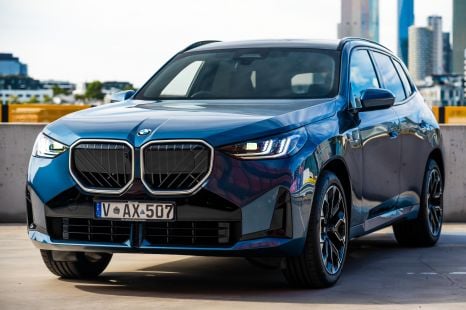

Jack Quick
8.4
5 Days Ago
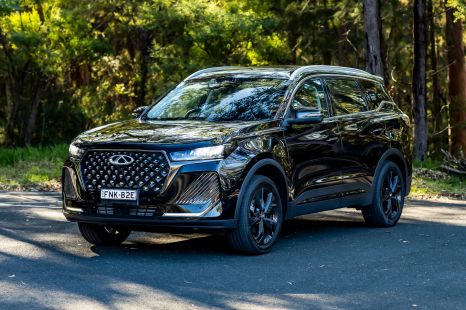

Matt Campbell
8.1
4 Days Ago
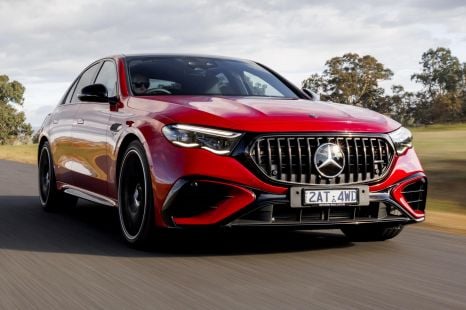

Max Davies
8
3 Days Ago
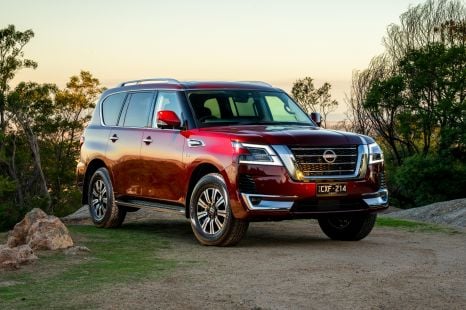

James Wong
8.1
1 Day Ago
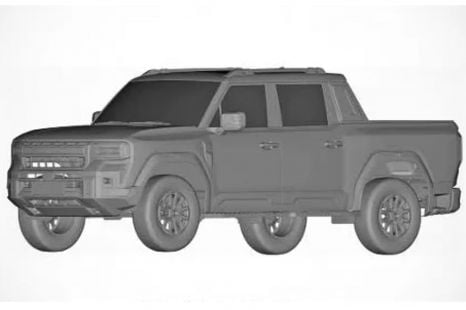

Marton Pettendy
1 Day Ago